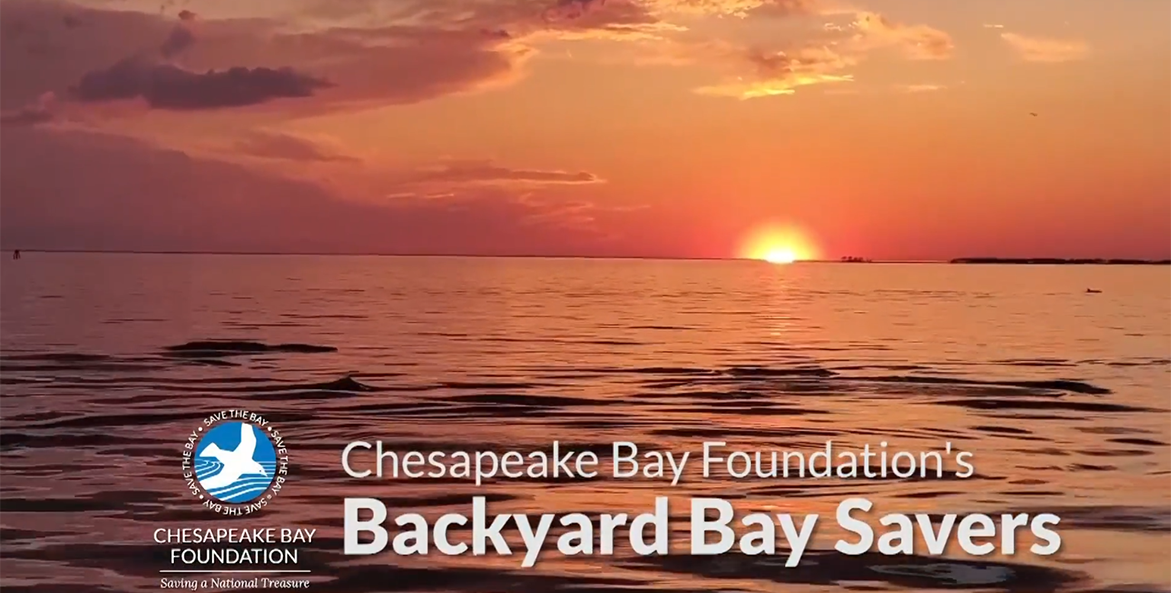For kids living in the Chesapeake Bay watershed, a new video series explores our connection to rivers, streams, and the Bay. CBF has teamed up with VPM, Virginia's home for public media, to produce the TV series Backyard Bay Savers. Born out of the learn-at-home environment during the pandemic and aimed at the elementary and middle school crowd, the roughly 25-minute episodes are great tools for kids to investigate our role in the environment. The show features CBF educators and students discovering the Bay watershed and showcasing hands-on activities and experiments that can be easily performed at home or school.
Learning comes naturally when students find connections to their everyday lives. Backyard Bay Savers shines a new light on what kids see every day in our region. They are also inspired to take concrete actions to make a difference.
Under VPM's Science Matters initiative, our "What's a Watershed" episode takes kids on a journey with CBF educators from mountain streams to Piedmont rivers to the mouth of the Chesapeake Bay. The "Bay Savers in the City" episode shows how we can find nature in urban areas including Baltimore, Richmond, and Washington, D.C.
Want to get started? Here are a few video excerpts that can be used both in the classroom and for the budding Bay Saver at home.
The Runoff Experiment
How do we know that trees and plants help absorb polluted runoff from storms? Follow along with this video for a simple and fun experiment that you can perform near your home to see how runoff reacts on different surfaces.
Planting Trees Pays Off
Planting a tree and watching it grow is a great way for kids to connect with the environment and benefit their community. In this clip, check in with the Contreras family three years after they joined dozens of volunteers to plant 100 trees at their church in Richmond, Virginia.
Raising Oysters in Baltimore
You may be surprised to learn that the waterways right next to several cities in the Chesapeake Bay watershed can support oyster populations. In Baltimore, hundreds of volunteers gather throughout the year to help CBF staff raise spat-on-shell (AKA baby) oysters in cages at the Downtown Sailing Center at the Baltimore Museum of Industry and Baltimore Marine Centers' Lighthouse Point. Once the spat—or juvenile oysters—grow larger, the oysters are then replanted on reefs near the city.




